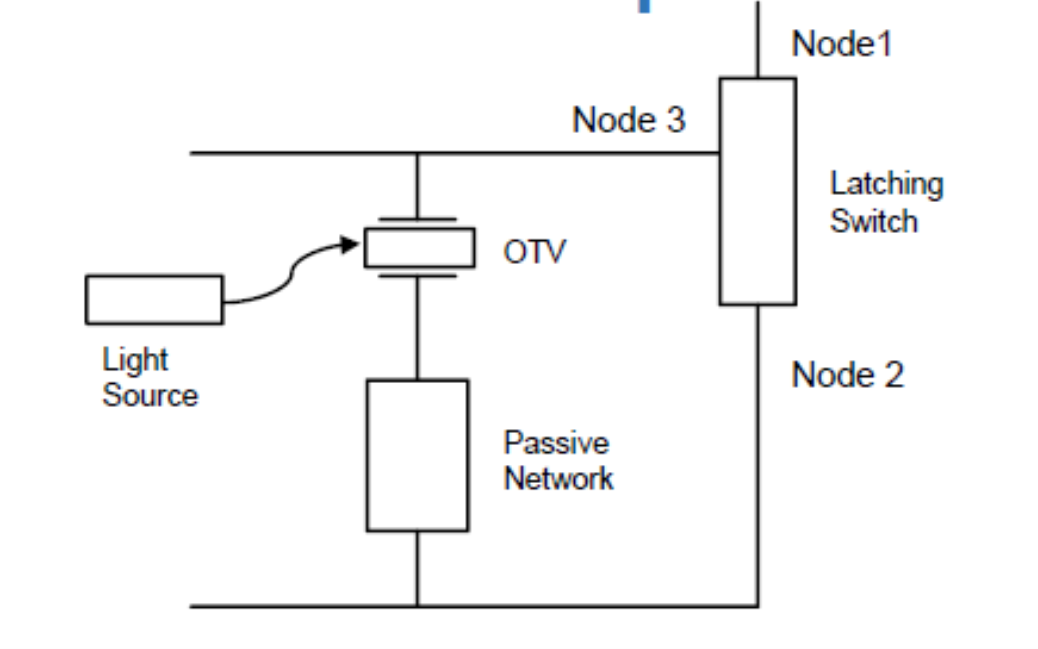AC electric power has dominated transmission and distribution system in the US for over a century. However, DC offers several benefits over AC:
- reducing system power losses due to improved electrical conductivity
- utilizing fewer power cables with
- higher power carrying capacity.
Wind and solar PV generators, energy storage, electric transportation, and consumer devices all utilize DC power. High Voltage DC (HVDC) is more effective than HVAC at distances >500 km, and it is used for AC grid interconnection and frequency regulation. HVDC circuit breakers become essential hardware protection against HV faults, short circuits, and overloads. LLNL researchers have developed a diffuse discharge circuit breaker that can interrupt fault currents in HVDCs as well as medium voltage circuitsand their delatching methods.
A thyristor will stay conducting until the current through the device is zero (“current zero”) or perhaps slightly negative. LLNL’s approach is to use the opticondistor (“OTV”) to force this current zero in order to force the device into an “off” state. By combining a light-activated thyristor with an OTV, a noise-immune, high efficiency, high-power switching device can be constructed. The device can be turned on with a small amount of light to render the thyristor conducting, and then turned off using the OTV.
Image Caption: Diffuse discharge circuit breaker with latching switch
- Value Proposition -> Novel HVDC breakers that can provide faster interruption of DC fault pin order to ensure stable and reliable operations of HVDC systems.
- Improved switching performance over conventional thyristors with faster switching speed.
- High efficiency power inverters for the grid where HVDC transmission systems are being built to integrate renewable sources of energy
- Ultrafast switches
- Power Electronics
Current stage of technology development: TRL 3
US Patent Application No. 2022/0045232 DIFFUSE DISCHARGE CIRCUIT BREAKER published 02/10/2022,
LLNL has filed for patent protection on this invention. LLNL has a huge portfolio of opticondistor patents.


